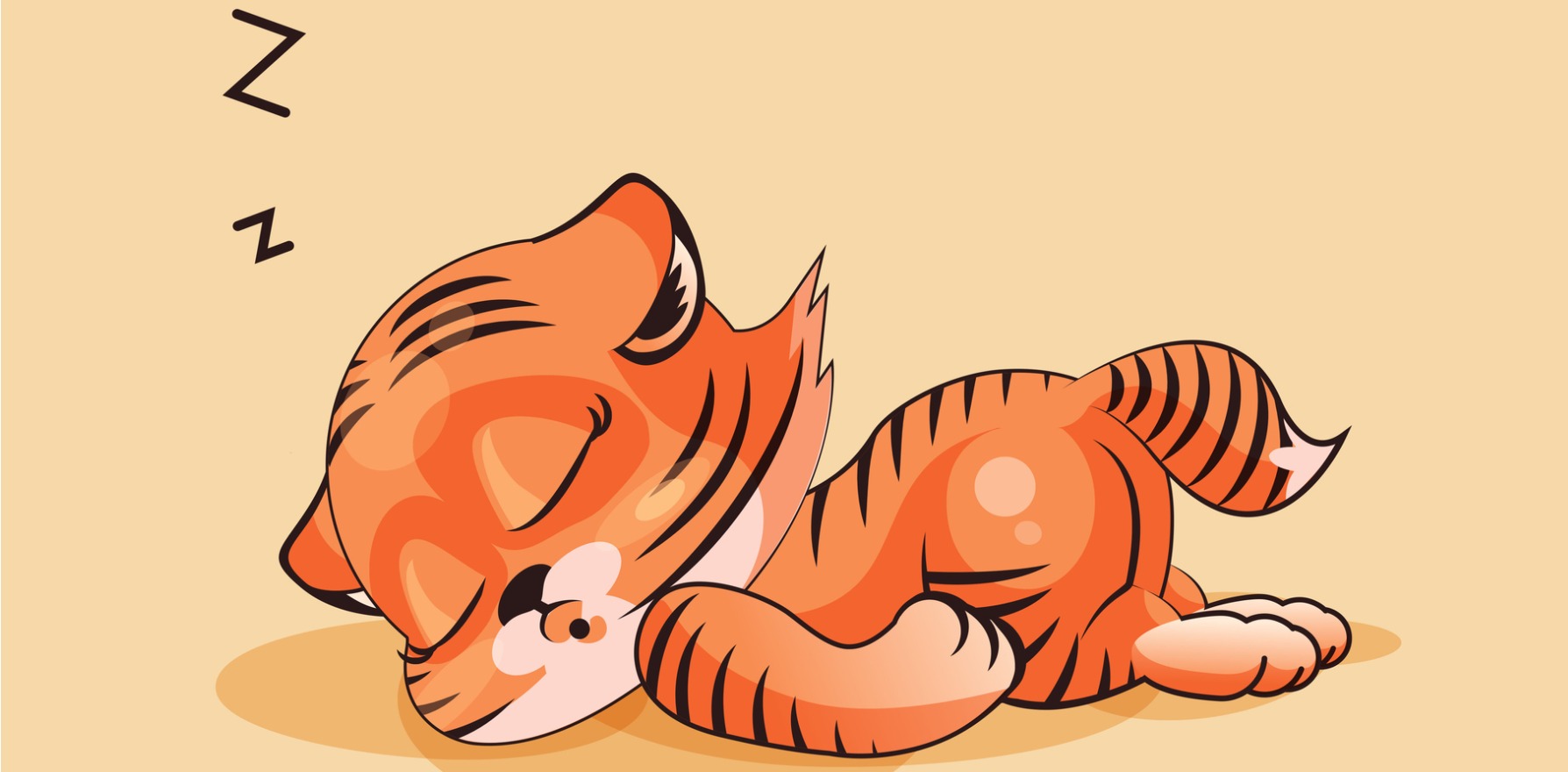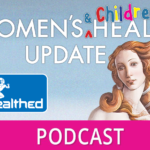Catch snoring by pre-school and avoid a tonne of problems downstream.
Little darlings snuffling in their slumber are definitely Instagram-worthy, but snoring is the main symptom of sleep disordered breathing (SDB) and ignoring it can result in significant problems with behaviour, school performance and irreversible neurocognitive effects.
Over several studies, researchers from the Monash Sleep Centre found that all severities of SDB in children had behavioural effects, but pre-schoolers did not show the neurocognitive deficits – attention and concentration, intelligence, executive function, memory, learning and school performance – seen in primary school kids, suggesting a window of opportunity for intervention.
“If we treat children early, we’re going to avoid long-term problems. And the neurocognitive deficits are not repaired in school-aged children, so it really is important that these children who snore are identified and treated as early as possible,” the Monash Sleep Centre’s Professor Rosemary Horne told The Medical Republic.
Professor Horne presented analysis of accumulated sleep research findings at the 2021 Sleep Down Under conference, which, like most gatherings, was held online this year. Her team compared data from their studies on how pre-school and primary school children were affected by SDB, ranging from primary snoring to mild, moderate and severe obstructive sleep apnoea (OSA).
They found that severity was the same in all ages, but the negative effects of SDB were much less pronounced for 3-5-year-olds, suggesting that the longer children had been snoring, the worse the effects.
Snoring was very common in young children. About 35% of those under five snore, but it’s not something parents tend to raise with their GP, said Professor Horne.
“Parents, and to a certain extent GPs, think that snoring is benign, but the studies that we’ve carried out have shown that all severities of sleep disordered breathing, so even just snoring, affect how children perform during the day and their behaviour,” explained Professor Horne.
“And, as with many other clinical conditions, children cannot be treated like small adults.”
SDB in children was different from SDB in adults. For one thing, it’s less pronounced. Mild OSA in kids was defined as around 1-5 respiratory disturbances per hour; moderate at 6-10 events per hour; and severe at greater than 10 (compared with mild OSA in adults defined as 5-15 events an hour).
The effects on children’s behaviour were notable, though, including hyperactivity, rebelliousness, inattention and aggression, as well as increased anxious depressive symptoms and social problems.
“Unlike adults who are tired during the day, and fall asleep at the wheel and those sorts of things, children tend to be hyperactive. And so parents don’t necessarily put these things together, and they think about their child’s sleep only when the teacher says little Johnny doesn’t concentrate at school or he’s disruptive,” Professor Horne pointed out.
The causes were also different in children. It’s less often to do with weight (implicated in most adult SDB) and more usually about tonsils and adenoids, especially in under-fives. Many kids with enlarged tonsil or adenoids would go straight to surgery, said Professor Horne, and that improved their sleep. But it was not the only option.
Nasal steroids could reduce inflammation, she suggested. CPAP was difficult for children, but it’s a back-up. And GPs could refer children to a sleep centre, though “sleep services for paediatrics are very limited, the waiting list is long, and with covid it’s even longer”.
Professor Horne recommended asking parents routinely about how their child sleeps, perhaps using questionnaires for parents that can help GPs assess the extent of the problem.
“It needs to be looked at and addressed,” said Professor Horne.




